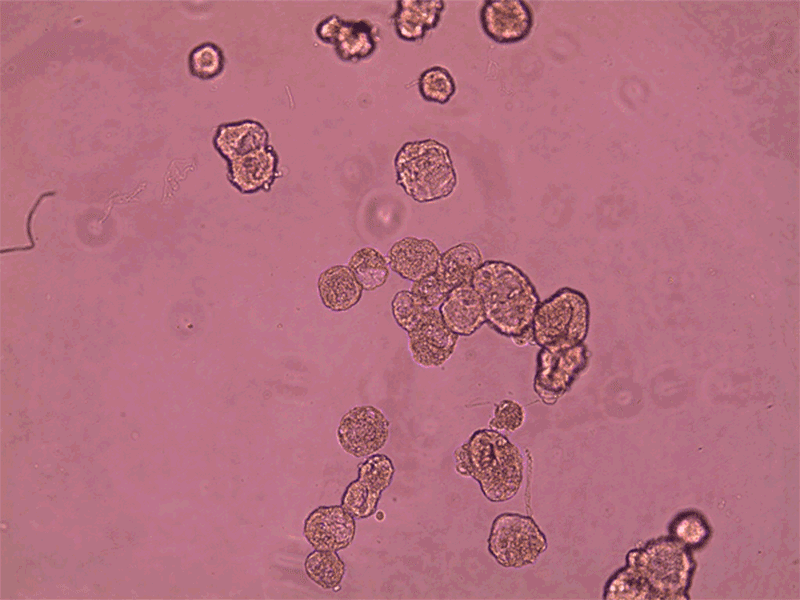The ‘anthrobots’ had the ability to fix a scratch in a layer of nerve cells in the laboratory.
Researchers have actually established small robotics made from human cells that have the ability to fix broken neural tissue 1 The ‘anthrobots’ were used human tracheal cells and might, in future, be utilized in customized medication.
Developmental biologist Michael Levin at Tufts University in Medford, Massachusetts, and his coworkers had actually formerly established small robotics utilizing clumps of embryonic frog cells. However the medical applications of these ‘xenobots’ were restricted, due to the fact that they weren’t stemmed from human cells and due to the fact that they needed to be by hand sculpted into the wanted shape. The scientists have actually now established self-assembling anthrobots and are examining their restorative capacity utilizing human tissue grown in the lab. They released their findings in Advanced Science
Levin and his group grew spheroids of human tracheal skin cells in a gel for 2 weeks, before eliminating the clusters and growing them for one week in a less thick service. This triggered small hairs on the cells called cilia to transfer to the beyond the spheroids rather of the within. These cilia served as oars, and the scientists discovered that the resulting anthrobots– each consisting of a couple of hundred cells– typically swam in among numerous patterns. Some swam in straight lines, others swam in circles or arcs, and some moved chaotically.
To evaluate the anthrobots’ restorative capacity, Levin and his coworkers positioned numerous into a little meal. There, the anthrobots merged together to form a ‘superbot’, which the scientists put on a layer of neural tissue that had actually been scratched. Within 3 days, the sheet of nerve cells had actually entirely recovered under the superbot. This was unexpected, states research study co-author Gizem Gumuskaya, a developmental biologist likewise at Tufts, due to the fact that the anthrobot cells had the ability to perform this repair work function without needing any genetic engineering. “It’s not apparent that you’re going to get that type of reaction,” she states.

Anthrobots can spontaneously fuse together to form a bigger structure called a superbot, which had the ability to motivate the development of nerve cells (disappointed). Credit: Gizem Gumuskaya, Tufts University
Moving forward, Levin, Gumuskaya and their coworkers believe anthrobots made from an individual’s own tissue might be utilized to clear arteries, separate mucous or provide drugs, with or without genetic modification. By integrating numerous cell types and checking out other stimuli, it may likewise be possible to establish biobots– robotics made from biological product– that can carry out intricate functions, such as building or checking out tissues.
” When we comprehend what cell collectives want and able to do, then we can start to manage that not simply for stand-alone bots, however for regenerative medication,” states Levin, consisting of to grow back limbs.